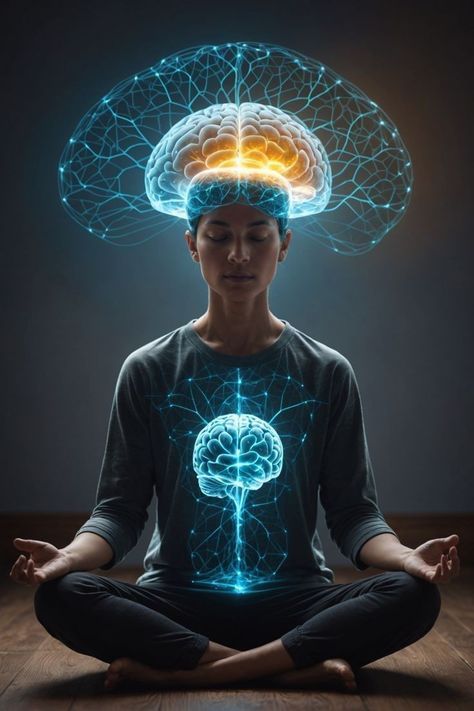Health and social care
What about psychedelic therapy?
What about psychedelic therapy?
While there isn’t much evidence to support the effectiveness of microdosing, psychedelic-assisted therapy showsTrusted Source some promise for certain mental health conditions. These include depression and post-traumatic stress disorder (PTSD).
This relatively new therapeutic approach involves the use of psychedelic substances in larger doses under the supervision of a medical professional, typically in combination with psychotherapy.
The exact types of therapy available will depend on your location. A few states have loosened restrictions on certain psychedelics, and others are in the process of doing so. Ketamine-assisted therapy is currently the most widely available form of psychedelic therapy.
Expectations vs. reality
These findings echo those of apair of 2019 studiesTrusted Source that looked at self-reported experiences and preexisting expectations about microdosing.
Participants in the first study reported some benefits, including decreased depression symptoms and increased focus. These effects were short-lived, disappearing after a day or two.
They also reported increased neuroticism, or a tendency to experience unwanted emotions. The authors suggest this may be due to microdosing increasing the intensity of emotions (both positive and negative).
The second study found that most participants had high expectations about microdosing’s potential benefits. However, their experiences didn’t quite align with those expectations.
For example, many participants expected significant boosts in creativity, but this effect was almost non-existent.
Learn more about psychedelic-assisted therapy, including tips for finding a qualified professional.


Hi, this is a comment.
To get started with moderating, editing, and deleting comments, please visit the Comments screen in the dashboard.
Commenter avatars come from Gravatar.